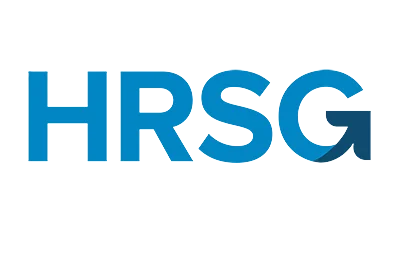A potential employee’s background is checked through employee verification services. It searches for discrepancies between an applicant’s education, employment history, and what is on their resume.
The hiring process for new employees needs to be done very carefully. It is vital to choose a suitable candidate for the job, and in today’s time, employee verification is necessary.
It is effective in hiring practice as it captures a better idea of a prospective employee’s ability and performance. This process helps verify an applicant’s credibility during their job application procedure.
Employment verification and services can be viewed as a preemptive measure that ensures the safety and reputation of an organization.
Some individuals are not appropriate for certain positions due to their history and background. For example, someone with a criminal record is inappropriate for a security guard position.
Many employees make false claims about their educational background, work history, duties, or time of employment. To conceal the fact that they have been fired or have not worked at a specific organization, they completely omit facts.
Prospective employees are confirmed through employee verification services to be who they claim to be.
Businesses frequently opt for employee verification services when hiring new employees. However, current employees also request employment verification to be granted a bank loan or visa. Former employees looking for new employment opportunities also contact their employers for a verification letter.
Employee Verification Services – Outsourcing
The employee verification process can also be outsourced, where companies check and verify a prospective employee for you. This reduces the workload for the HR department and the verification procedure being outsourced takes only a few days.
Companies that work on employment verification can provide the correct information. It can be supported by evidence as they cross-check the candidate’s resumes.
Consultancy firms provide employment verification and services, as it is now an essential part of the hiring process. Many companies also directly outsource this service to firms. This tool helps cross-check the whole history of potential applicants.
Companies may often outsource this process to firms to ensure applicants have not lied on their resumes. To increase their chances of being hired, they submit false experiences and references in their resumes. Falsifying such information is very costly to the company, such as interview tools cost, training costs, and time.
Employment verification helps ensure the applicant has the required skills for the job. Employee verification also reveals fabricated work titles, fake employment claims, and education details. Employee verification services are very crucial for the screening process of potential candidates. The service discloses if the candidate is reliable and a good fit for the position.
Verification Major Elements – Education & Work History
Education and Work history are the significant elements in employee verification that organizations look for when going through resumes. While verifying a candidate’s education, managers ensure that the potential candidate has earned a degree from the college/university.
In which they have studied, graduated, and details about their degree.
Work history verification includes if the candidate has worked in the organizations mentioned in their CV. Apart from this, they also verify the position they worked for and why they left their previous workplace.
The red flags cause managers to do employee verification checks when hiring a potential candidate for a specific position. If an employee refuses a check, this causes suspicion because they are hiding something. For example, a criminal record or if they do not have access to their bank accounts.
An employee verification also reveals if there is a gap in resumes. Candidates also remove information about their past jobs if they had a bad experience or had something to hide.
Employee verification and services check a potential applicant’s credentials, health, work history, and educational background. It involves financial screening, employment history, and criminal record checks of the candidate.
Employment verification may include job performance, references, and reason for termination from a previous job. Qualification, length of employment, wage history, and work-related information of an applicant can also be verified.
Employment Verification And Services – Importance
The employment verification process helps get in touch with the references that the candidates have mentioned in their resumes. It reveals if there are bad or fake references, as negative feedback can affect the organization.
Employee verification and services help identify if a candidate has a criminal record, such as a theft or fraud conviction. This directly affects the company and creates a bad image.
Companies go through this process because it is beneficial to confirm before taking a significant step in hiring a candidate. This helps protect the company from potential harm, which is caused by this decision. Such as loss of money and time on training the employees who were unsuitable for the jobs.
Verification helps the team filter out the candidate pool and focus on the applicants who are more suitable for the job.
Filling vacancies by hiring the best candidate is most important for a team. To prevent mispresented information and false experiences, companies do employment verification to find out authentic information.
Background checks help the management make the hiring process more accessible by validating the candidates’ details and meeting the job requirements. If a criminal history is revealed, it helps identify whether the candidate is fit for the position.








